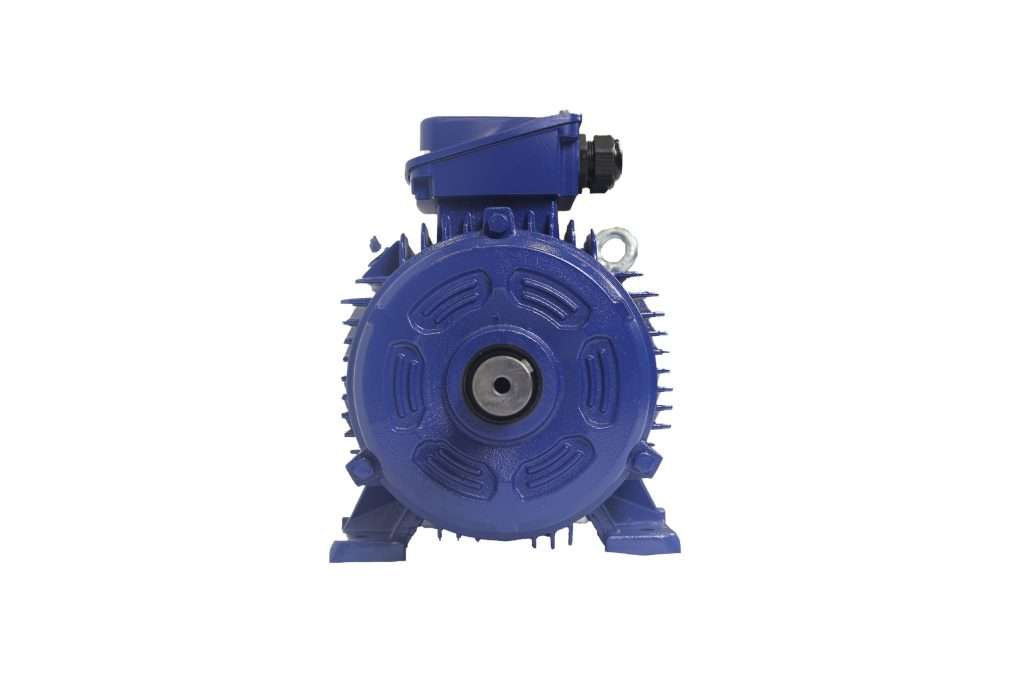
The essential difference between AC and DC motors stems from their power source and internal design. AC motors use alternating current to create a rotating magnetic field in a brushless configuration. This simple, rugged design results in high reliability and minimal maintenance, making them the industry standard for fans, pumps, and large industrial systems that require long, continuous operation.
AC Motor vs. DC Motor: Key Differences
| Feature | AC Motor (Alternating Current) | DC Motor (Direct Current) |
| Current Type | Alternating Current (AC) | Direct Current (DC) |
| Design | Brushless (uses a stator and rotor) | Brushed (uses a commutator and brushes) |
| Maintenance | Low (No brushes to replace) | High (Brushes and commutator wear out) |
| Reliability/Durability | High (Simple, robust construction) | Lower (Due to wear parts) |
| Speed Control | Excellent (Requires Variable Frequency Drive – VFD) | Excellent (Historically superior, simple control) |
| Starting Torque | Good | Excellent (Traditionally a strength) |
| Typical Applications | Pumps, fans, compressors, conveyors, refrigerators, air conditioners (High-power, low-maintenance industrial use) | Older electric vehicles, elevators, portable tools, battery-powered systems (Niche applications) |
| Modern Trend | Dominant for new designs (due to VFDs providing precise control) | Limited, but still used in specific niche applications |
The Indispensable Role of AC Motors
AC motors are essential everywhere. In industry, they drive the pumps, fans, and conveyor belts that form the backbone of manufacturing and HVAC systems. The simple, rugged induction motor is the default choice for reliability and cost-effectiveness across nearly all industrial tasks. The development of advanced control systems has cemented the AC motor’s place as the most versatile and efficient powerhouse of modern technology.
